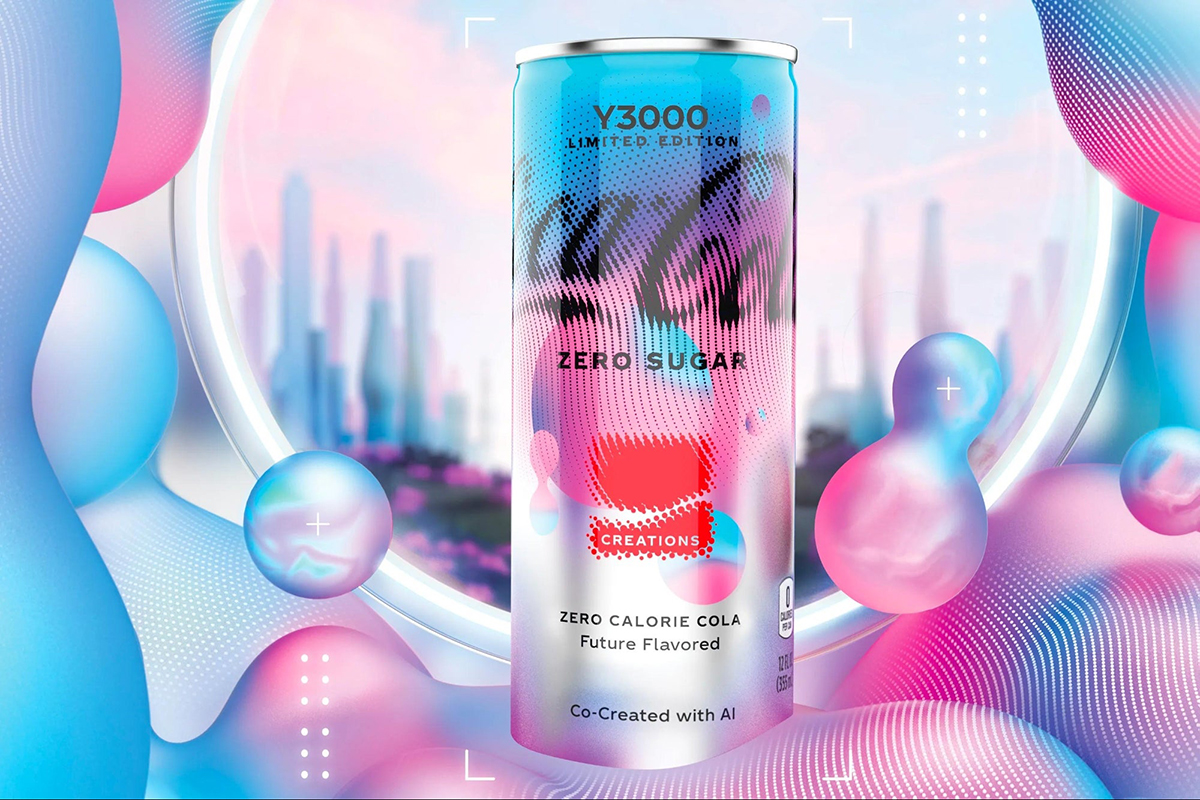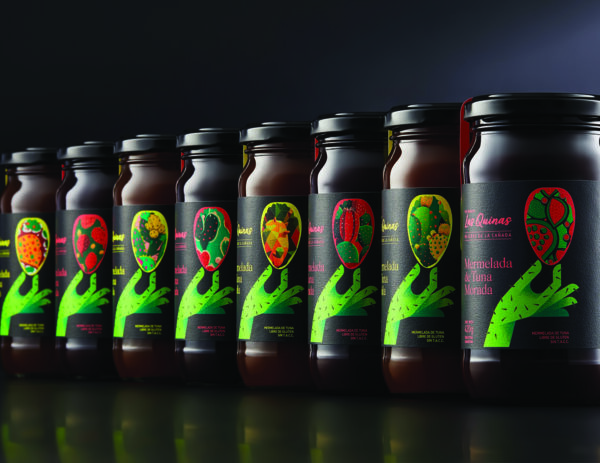Artificial Creativity: Redefining Designer Skills in the AI Era

Packaging design is undergoing a fundamental transformation as artificial intelligence reshapes not only our tools but also the creative process itself.
What began as a technological novelty has evolved into a collaborative force redefining how designers conceptualize, visualize, and produce brand-defining packaging.
You can also read: The Unboxing Revolution: Reimagining E-commerce Packaging Design.
Beyond Tool Mastery: The New Designer Skillset
The rise of AI demands fundamentally different skills from what has traditionally defined success in design. While technical proficiency with software once differentiated designers, today’s landscape requires competencies that bridge human creativity and artificial intelligence.
Designers must now develop fluency in prompt engineering, formulating instructions that effectively guide AI systems toward meaningful results. This requires understanding generative systems’ capabilities and limitations to articulate creative direction in machine-interpretable ways.

Las Quinas prickly pear jam packaging features unique AI-generated illustrations on each label, combining female hands and fruit textures to symbolize the women artisans of La Cañada community. The connected packaging reveals product stories via NFC technology. Design by Tridimage.
As AI accelerates design variant generation, evaluation abilities take center stage. When creating alternatives happens almost instantly, the capacity to assess, select, and refine AI-generated outputs becomes as critical as creation itself. The designer’s eye for quality transforms from supporting skill to central competency.
The Strategic Design Mind
Successful designers in the AI era must develop a strategic vision that connects AI-amplified creative possibilities with brand objectives and consumer behavior. This higher-order thinking distinguishes designers who create strategic value from those merely executing commands.
These emerging competencies build upon traditional design foundations rather than replacing them. Understanding composition, typography, morphology and materials remains essential—the difference lies in how these fundamentals apply within AI-augmented workflows.
From Control to Creative Dialogue
One fundamental challenge is finding balance between control and exploration. Generative systems can produce a sense of lost control when outputs diverge from expectations, yet paradoxically, it’s in that divergence where innovation often emerges.
This tension between control needs and algorithmic possibilities defines contemporary AI-assisted design. The most effective designers establish clear parameters without restricting exploration space, maintaining productive dialogue with technology.
The art isn’t about technically mastering the tool but developing sensitivity for creative dialogue—knowing when to direct and when to embrace surprising possibilities.

Blade AI fragrances feature cutting-edge packaging designed entirely through AI collaboration, with abstract digital patterns and futuristic elements created through ChatGPT prompts and DALL-E visualization. Design by Tasarist.
Toward Augmented Creativity
The prevailing narrative about AI and creativity typically oscillates between designer replacement or reduction of AI to mere tool. The reality is more complex: we’re witnessing the birth of augmented creativity where human and artificial intelligence complement each other.
This creative collaboration transcends simple task division, developing a dynamic where each party contributes unique strengths: AI with its variation generation and data processing capabilities, humans with contextual judgment, metaphorical thinking, and cultural understanding.
The future belongs neither to AI nor to designers who resist change, but to professionals who orchestrate collaboration between human and artificial intelligence, creating solutions neither could generate independently.
Hernán Braberman – Creative Director, Tridimage
